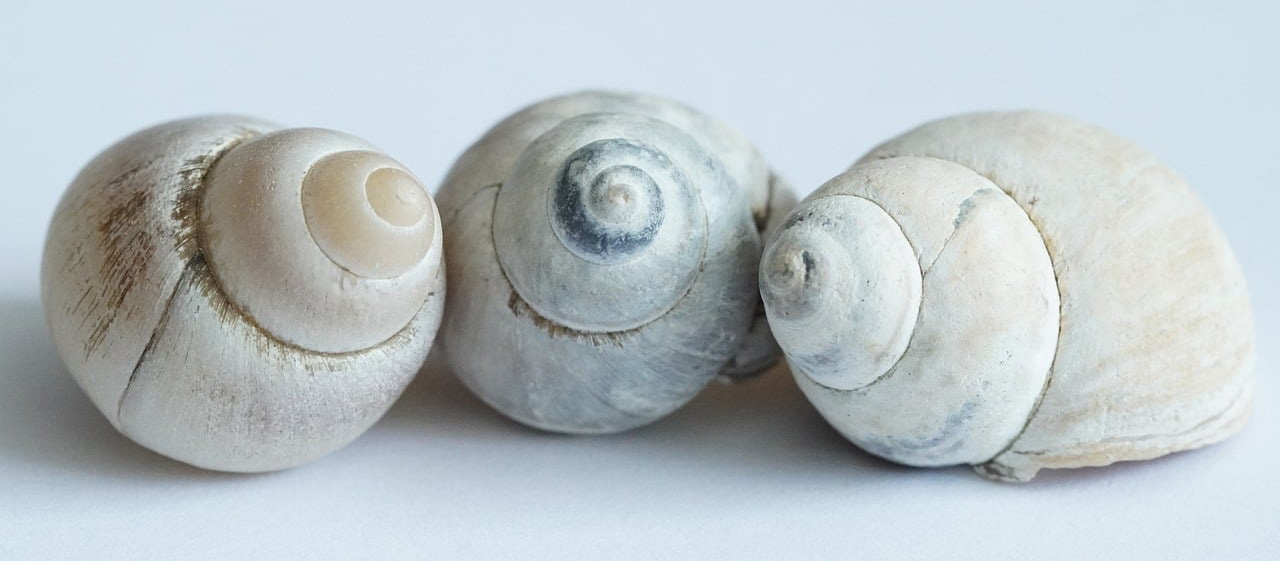Seashells are a captivating subject of study, and their colors are influenced by a multitude of factors, including melanin, minerals, diet, genetics, and environmental conditions. Melanin, a pigment found in various organisms, plays a vital role in determining skin, hair, and eye colors, capable of producing shades ranging from deep browns to blacks. Minerals such as calcium carbonate and calcium phosphate also significantly contribute to seashell coloration, creating iridescent hues through different crystalline structures.
The diet of the mollusk or marine creature dwelling within the shell can strongly impact its coloration, with diets rich in specific pigments like carotenoids resulting in vibrant reds and oranges. Environmental factors, including water quality and temperature, also play a role in determining seashell colors, with warmer waters typically producing brighter shells and colder waters leading to paler or subdued hues.
Seashells have evolved through adaptation and camouflage to match their surroundings, providing protection from predators. Genetic variation within species contributes to a wide spectrum of colors, and hybridization between different mollusk species can result in unique and unexpected color combinations, adding to the diversity of seashell colors.
Human collectors have long been drawn to seashells, often favoring those with striking and unusual colors. However, selective harvesting has raised concerns about over-harvesting and its impact on marine ecosystems, emphasizing the need for conservation efforts.
Rare and desirable seashell colors command the highest prices. Among the most costly seashell hues is known as the “Glory of the Sea,” this shell can be found in Philippine waters and is prized by collectors. It can grow to be about six inches in length and is easily recognizable thanks to its brown and white striped pattern. The Glory of the Sea is extremely rare and fetches prices in the thousands.
The Caribbean is home to the Queen Conch, a large seashell that can reach a length of 1 foot. It’s commonly used in Caribbean cooking and has a unique pink-and-white pattern. Collectors are willing to pay hundreds of dollars for a single Queen Conch.
Seashells with a recognizable harp shape, like the Harpa articularis, can be found in the Indo-Pacific. It reaches a maximum length of 6 inches and comes in a rainbow of colors, from white to yellow to orange. The Harpa articularis is a rare species that can fetch hundreds of dollars on the market.
For $2.2 million, a seashell known as the “Glory of the Sea” set a record for the highest amount ever paid for a shell. In 2004, the shell found a new home with a private collector after being auctioned off.
Seashells can range widely in price depending on their size, rarity, and condition. While some seashells are common and not worth much, others can fetch hundreds of dollars due to their rarity.
If you want to start a collection of seashells, you should study the many shell varieties and their monetary worth. Be wary of overpaying for shells, as many dishonest vendors peddle imitations or low-quality items at inflated costs.
In conclusion, the science of seashell colors is a captivating exploration of nature’s artistry, with each seashell carrying a unique story. As we admire the beauty of these oceanic treasures, it remains essential to prioritize the preservation of the delicate ecosystems that sustain them.

